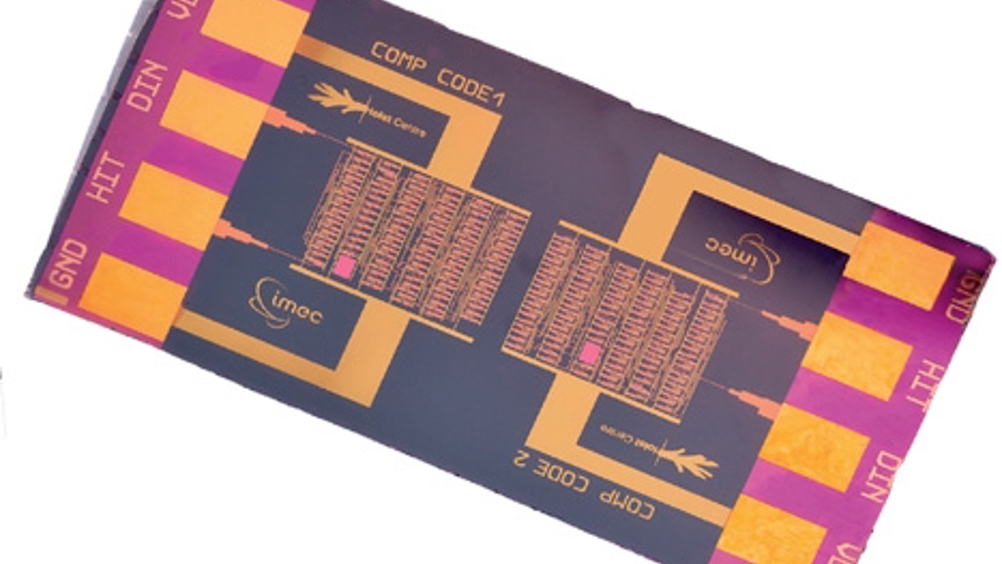Researcher develops enhanced electronic cooling technique
A North Carolina (NC) State University researcher has developed what is claimed to be a more efficient, less expensive way of cooling electronic devices.

The new technique is said to be particularly applicable to devices that generate a lot of heat, such as lasers and power devices.
According to a statement, the technique uses a so-called ‘heat spreader’ made of a copper-graphene composite, which is attached to the electronic device using an indium-graphene interface film.
‘Both the copper-graphene and indium-graphene have higher thermal conductivity, allowing the device to cool efficiently,’ said Dr Jag Kasichainula, an associate professor of materials science and engineering at NC State and author of a paper on the research.
Kasichainula found that the copper-graphene film’s thermal conductivity allows it to cool approximately 25 per cent faster than pure copper, which is what most devices currently use.
Dissipating heat from electronic devices is important, because the devices become unreliable when they become too hot.
The paper lays out the manufacturing process for creating the copper-graphene composite, using an electrochemical deposition process.
‘The copper-graphene composite is also low cost and easy to produce,’ said Kasichainula. ‘Copper is expensive, so replacing some of the copper with graphene actually lowers the overall cost.’
Register now to continue reading
Thanks for visiting The Engineer. You’ve now reached your monthly limit of news stories. Register for free to unlock unlimited access to all of our news coverage, as well as premium content including opinion, in-depth features and special reports.
Benefits of registering
-
In-depth insights and coverage of key emerging trends
-
Unrestricted access to special reports throughout the year
-
Daily technology news delivered straight to your inbox










Water Sector Talent Exodus Could Cripple The Sector
Maybe if things are essential for the running of a country and we want to pay a fair price we should be running these utilities on a not for profit...